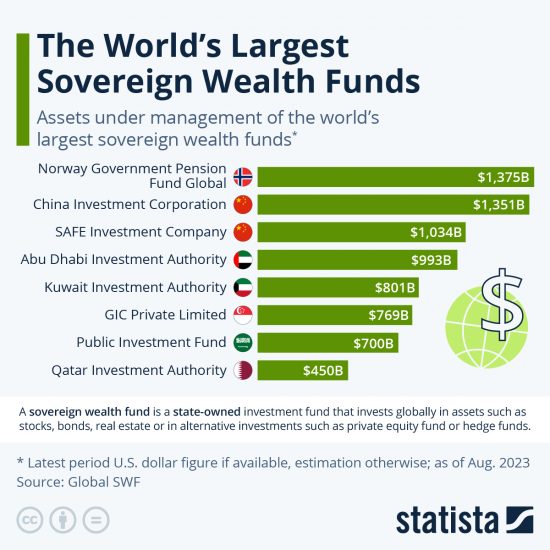 A surge in lending to investors by brokerages in the United Arab Emirates has helped make Dubai the world’s second-best performing market this year, but has left it prey to volatility.
A surge in lending to investors by brokerages in the United Arab Emirates has helped make Dubai the world’s second-best performing market this year, but has left it prey to volatility.
Some investors have been able to make profits in the range of 40 to 60 percent this year on local stock markets but the question is whether such margin lending – borrowing with cash or holdings as security – is setting the region up for trouble.
The trend is developing as the UAE prepares for a fresh influx of money from foreign institutional investors next year after index compiler MSCI decided to upgrade it to emerging market status from June 2014.
“Cash is coming back to the market where there are big gains to be made – this year has been good,” said Asem Alsaifi, manager of a 1.5 billion UAE dirhams ($408.39 million) portfolio for a private Dubai company.
Dubai’s stock market was almost dormant for four years after a 2008 crash triggered by the collapse of the emirate’s over-inflated property market. Over the last few months, however, property prices have been recovering, igniting a spectacular equities rally.
The main Dubai stock index is up about 60 percent year-to-date, outperformed among the world’s markets only by Venezuela. Trading turnover in Dubai has revived with stock prices; on one day last week the market traded 1.29 billion shares, the highest since June 2009.
Individual investors have been responsible for most of the market’s recovery. Retail trading accounted for 10.3 billion dirhams ($2.8 billion) of total turnover of 13.6 billion dirhams in June, according to the latest bourse data; in June 2012, it accounted for 1.3 billion dirhams out of 1.9 billion dirhams.
Most of the retail investors are UAE nationals, who accounted for 7.6 billion dirhams of trading in June this year. Value of turnover in June was seven times a year earlier.
But many of these retail investors have taken to using margin trading to magnify their gains through leverage – that is, borrowing to buy and using cash or holdings as security – in a market where stocks such as Union Properties have been jumping nearly 50 percent in a couple of weeks.
“Last week, most of the retail clients were using margin,” said Wael Darwish, Dubai-based head of sales and trading at Mubasher Financial Services, which offers margin loans.
UAE exchanges and regulators do not provide data on the share of margin lending in trading turnover, but Darwish estimated at least 10 percent of all retail money in the market was now on margin. Others believe it to be closer to 50 percent.
PRICE SWINGS
From one perspective, the rise of margin trading is a positive signal that confidence has returned to Dubai after its bruising financial crisis.
But it can also pose problems by exposing the market to sharp drops when falls, which are initially moderate, prompt brokerages to make margin calls – demands for clients to provide more cash or securities to maintain a minimum margin.
“Margin lending is a positive for the liquidity and people can easily double profits in an uptrend, but you have to educate the market that when the prices drop, it can be brutal as well,” said Nabil Al Rantisi, Menacorp managing director in Abu Dhabi.
Clients sell to raise money to cover the margins, magnifying the drops. That happened last week when a pull-back triggered by the escalating Syria crisis snowballed into a 7.0 percent tumble in a single day, Dubai’s biggest drop since October 2009.
The Dubai index has posted 16 daily moves of 2.0 percent or more so far this year, compared to 14 in all of 2012.
Eight brokerage firms are licensed to offer margin loans in the UAE, according to the Securities and Commodities Authority (SCA) – a small fraction of the 50-plus brokers trading in Dubai and Abu Dhabi.
But the actual number of brokerages offering margin lending is considerably higher, industry sources say – brokerages which do not offer the service risk losing clients to competitors.
“It’s a common practice to give margins – whether it’s regulated or not, it’s not illegal,” said Al Rantisi. “If you say no to giving margins, the client will go somewhere else.”
Under the SCA’s rules on margin lending, issued in June 2008, loans granted to any single client should not exceed 10 percent of the capital he provides.
But industry sources said that in most cases, margin lending was much higher. Darwish said that customers with a 1 million dirham account could obtain margin lending of 2 million dirhams. Some brokers even offer lending at 3 to 1 ratio in some cases.
The SCA did not respond to queries about its regulation of margin loans.
The rise of margin lending does not appear to pose any threat to the banks, however, which are also involved in lending for equity trading. Abu Dhabi’s First Gulf Bank said its share financing was 2 percent of its net loans in the second quarter of this year. Banks usually hold shares as collateral in exchange for loans, as opposed to brokers who don’t have guarantees that clients will pay them back.
FGB’s annual loans for shares trading have dropped to 2.7 billion dirhams in 2012 from 5.3 billion in 2008, seemingly a lesson learned from the global credit crunch.
“If there is a sharp, sustained correction I don’t think it will have an impact on profitability for banks because it’s a small percentage of the loan book,” said Shabbir Malik, UAE banks analyst at EFG-Hermes. “If brokers have borrowed from banks, the amount is still small.”
Nevertheless, the increase of margin lending may have a major effect on the Dubai market for some time to come – at least until it is offset by growth in institutional investment attracted by the MSCI upgrade, a process which could take years.-Reuters








